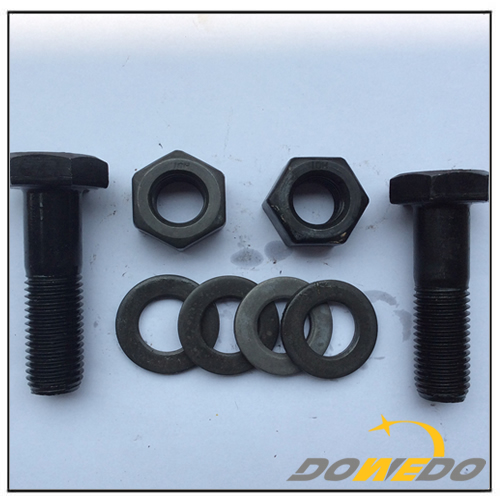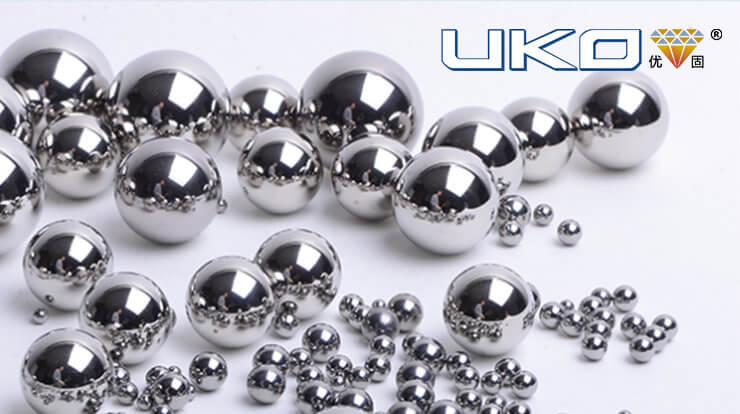Measuring And Adding Sound Levels Together
What sound level do you get when you feed an EXAIR Super Air Nozzle at 80psig? What if there are two of them? Or three? Grab your scientific calculators, folks…we’re gonna ‘math’ today!
But first, a little explanation of sound power & sound pressure:
Strictly speaking, power is defined as energy per unit time, and is used to measure energy generation or consumption. In acoustics, though, sound power is applicable to the generation of the sound…how much sound is being MADE by a noisy operation.
Sound pressure is the way acoustics professionals quantify the intensity of the sound power at the target. For the purposes of most noise reduction discussions, the target is “your ears.”
The sound levels that we publish are measured at a distance of 3 feet from the product, to the side. The units we use are decibels, corrected for “A” weighting (which accounts for how the human ear perceives the intensity of the sound, which varies for different frequencies,) or dBA. Also, decibels follow a logarithmic scale, which means two important things:
- A few decibels’ worth of change result in a “twice as loud” perception to your ears.
- Adding sources of sound doesn’t double the decibel level.
If you want to know how the sound level from a single source is calculated, those calculations are found here. For the purposes of this blog, though, we’re going to assume a user wants to know what the resultant sound level is going to be if they add a sound generating device to their current (known) situation.
Combined Sound Level (dBA) = 10 x log10[10SL1/10 + 10SL2/10 + 10SL3/10 …]
Let’s use an EXAIR Model 1100 Super Air Nozzle (rated at 74dBA) as an example, and let’s say we have one in operation, and want to add another. What will be the increase in dBA?
10 x log10[1074/10 + 1074/10] = 77.65 dBA
Now, there are two reasons I picked the Model 1100 as an example:
- It’s one of our most versatile products, with a wide range of applications, and a proven track record of efficiency, safety, and sound level reduction.
- We proved out the math in a real live experiment:
Why do I care about all of this? My Dad experienced dramatic hearing loss from industrial exposure at a relatively young age…he got his first hearing aids in his early 40’s…so I saw, literally up close and very personal, what a quality of life issue that can be. The fact that I get to use my technical aptitude to help others lower industrial noise exposure is more than just making a living. It’s something I’m passionate about. If you want to talk about sound level reduction in regard to your use of compressed air, talk to me. Please.
Russ Bowman
Application Engineer
EXAIR Corporation
Visit us on the Web
Follow me on Twitter
Like us on Facebook

